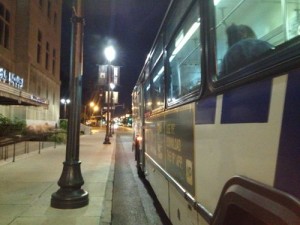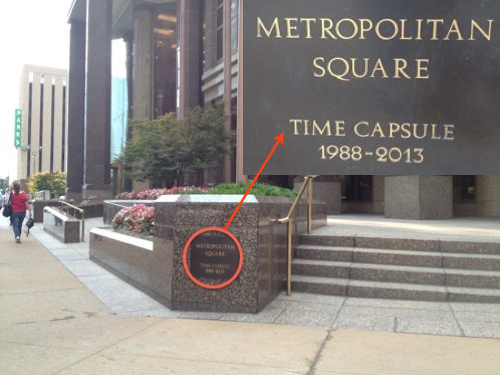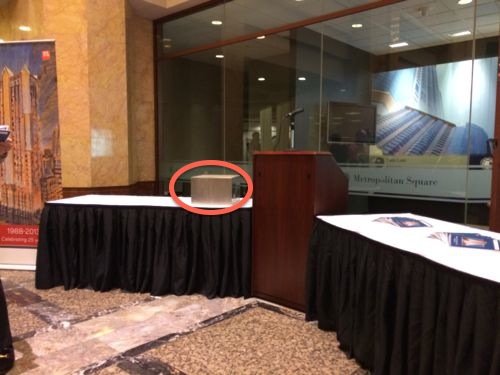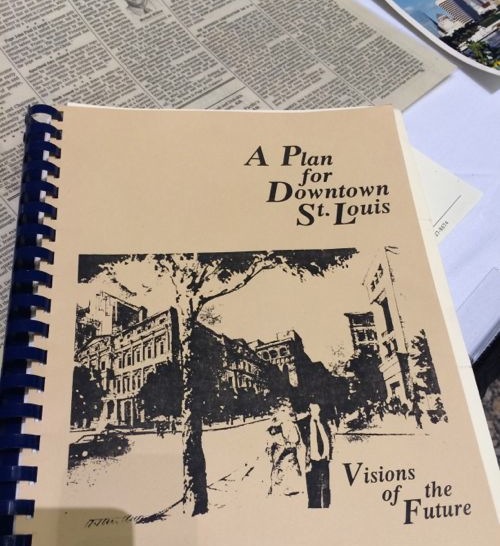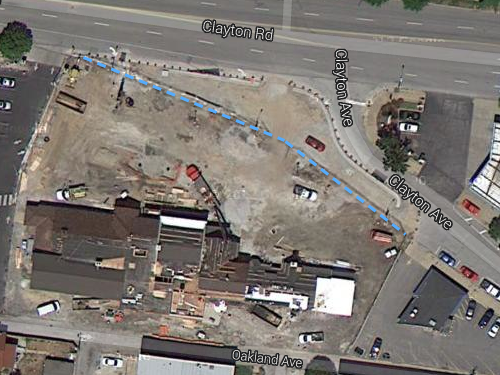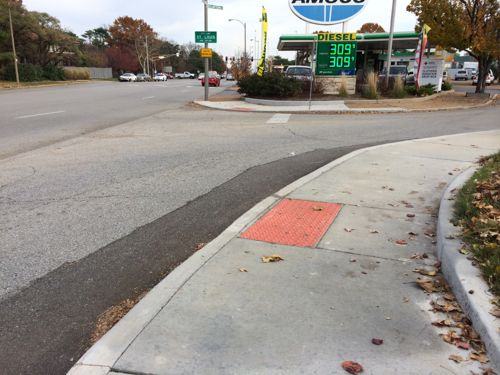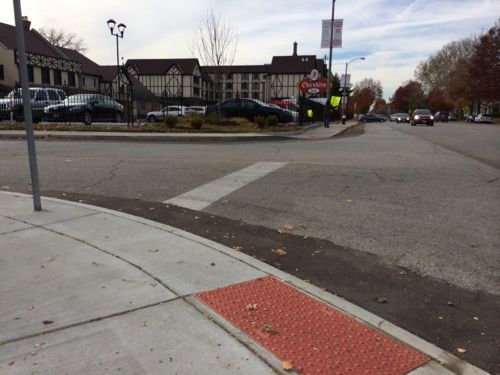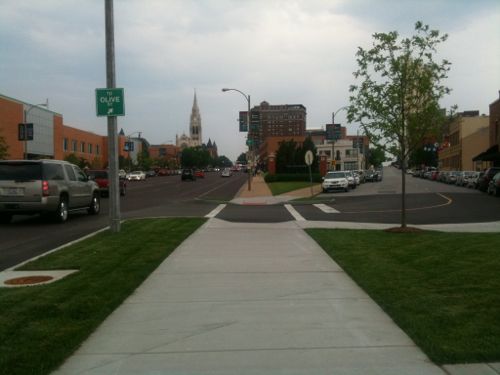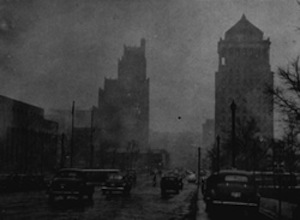Wellston’s 2002 Sustainable Neighborhood Initiative
|
|
In October I posted about the New Wellston Child Care Center Under Construction, Adjacent To MetroLink Station, and noted promotional materials referenced compliance with the Wellston Sustainable Neighborhood Initiative. I wanted to see this initiative to see how the new construction complies, if it all. After a few emails I received a copy of the initiative — it had to be scanned! The initiative process started in 1998, the final document was from January 2002.
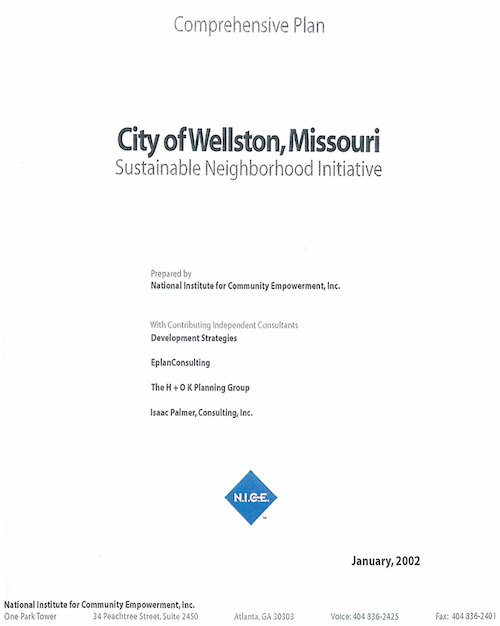
The goals detailed were:
- Raise the incomes of Wellston’s residents.
- Improve the system of education in Wellston.
- Improve the quality of Wellston’s neighborhoods.
- Establish a central destination place in Wellston.
- Improve access to employment, goods, and services for Wellston’s residents.
- Improve the health and well being of Wellston’s citizens.
- Enhance the image of Wellston and pride its citizens hold about their community.
- Stimulate local economic growth.
- Increase the social capital and improve the community capacity in Wellston.
- Revitalize the MLK Corridor.
It’s hard to know how well Wellston has done with many of the above, however, the early development child care center now under construction should pay future dividends with respect to education, and eventually incomes.
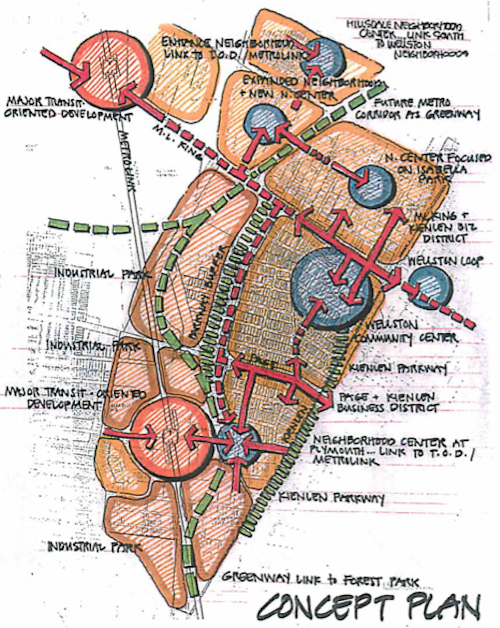
The report was prepared by The National Institute for Community Empowerment, Inc., which no longer seems to exist. I couldn’t find a website and their last phone number is not in service. A local contributor was the Regional Housing and Community Development Alliance (RHCDA), rebranded this year as Rise. Area Resources for Community and Human Services (ARCHES‘) is still around as well.
I’ve been looking through the report for the last month, developing questions to ask about the progress that’s been made in the last dozen years. The most obvious are measurable results toward the ten goals listed above. Do they consider a recent Family Dollar store and a gas station as having met #10, revitalizing the MLK corridor? Any positive gains in education? Given the Wellston School District shut down in 2010 and unaccredited Normandy School District struggles, I rather doubt there’s good news to report.
The new Wellston Early Childhood Center will open in the fall of 2014, not a moment too soon.
— Steve Patterson
